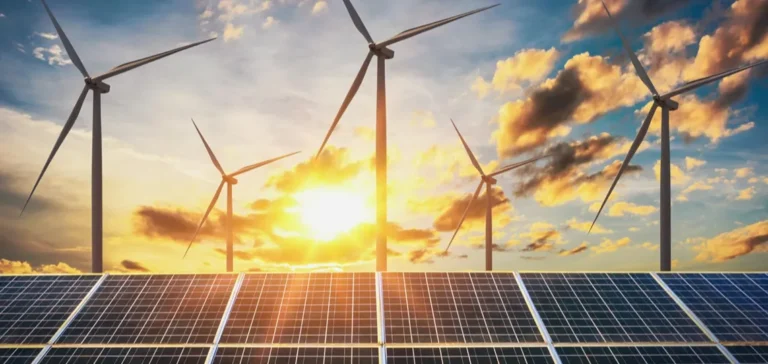Two years after the international commitment to triple global renewable energy capacity by 2030, new analysis highlights the slow pace of national advances. Current plans total 7.4 terawatts (TW) for 2030, representing only a slight increase compared to 2022 and remaining below the global target of 11 TW set at COP28. This gap of 3.7 TW exposes markets to insufficient investment and a slowdown in industrial dynamics.
Limited target revisions and regional disparities
Since COP28, only 22 countries have adjusted their targets, with most revisions seen within the European Union. Outside this area, just seven countries have updated their plans. National planning cycles appear unresponsive to global commitments, illustrating a disconnect between international statements and operational strategies. Major economies such as the United States have not introduced national targets for 2030, while the new “One Big Beautiful Bill” law reduces the scope of tax credits granted to renewable energy. Projections indicate this legislation could reduce solar capacity by 29 gigawatts (GW) and wind capacity by 43 GW between 2025 and 2030.
Between stagnation and caution in major economies
In India, planning provides for 509 GW of installed renewable capacity by 2030, more than triple 2022 levels, aligning the country with the international objective. The Russian Federation has not set a quantified target for 2030, with its latest energy plan including no projection for renewable capacity. In China, surpassing the 1,200 GW wind and solar threshold was achieved six years ahead of schedule, but new 2030 targets are yet to be confirmed in forthcoming strategic documents.
Japan maintains its target of 201 GW of renewable capacity in 2030, corresponding to 36–38% of electricity production. Canada, for its part, projects a 90% share of renewable electricity without formalising a capacity target for 2030. Saudi Arabia aims to raise the share of renewables to 50% of its electricity mix by 2030, a particularly rapid transition given the starting point.
Consequences for planning and energy security
Setting national objectives guides investment, anticipates network flexibility needs, and ensures the stability of electricity systems. Technical reports highlight that the lack of precise targets limits states’ ability to efficiently plan the integration of new technologies and prevent congestion or overcapacity risks. Most of the current momentum is concentrated in a few markets, mainly in Europe, while most major global players maintain a cautious approach, allowing the gap to widen with the international target of tripling capacity.
The persistent gap between collective ambitions and national plans underscores the challenge of turning international commitments into concrete action, as the window of opportunity to raise 2030 targets is closing rapidly.






















